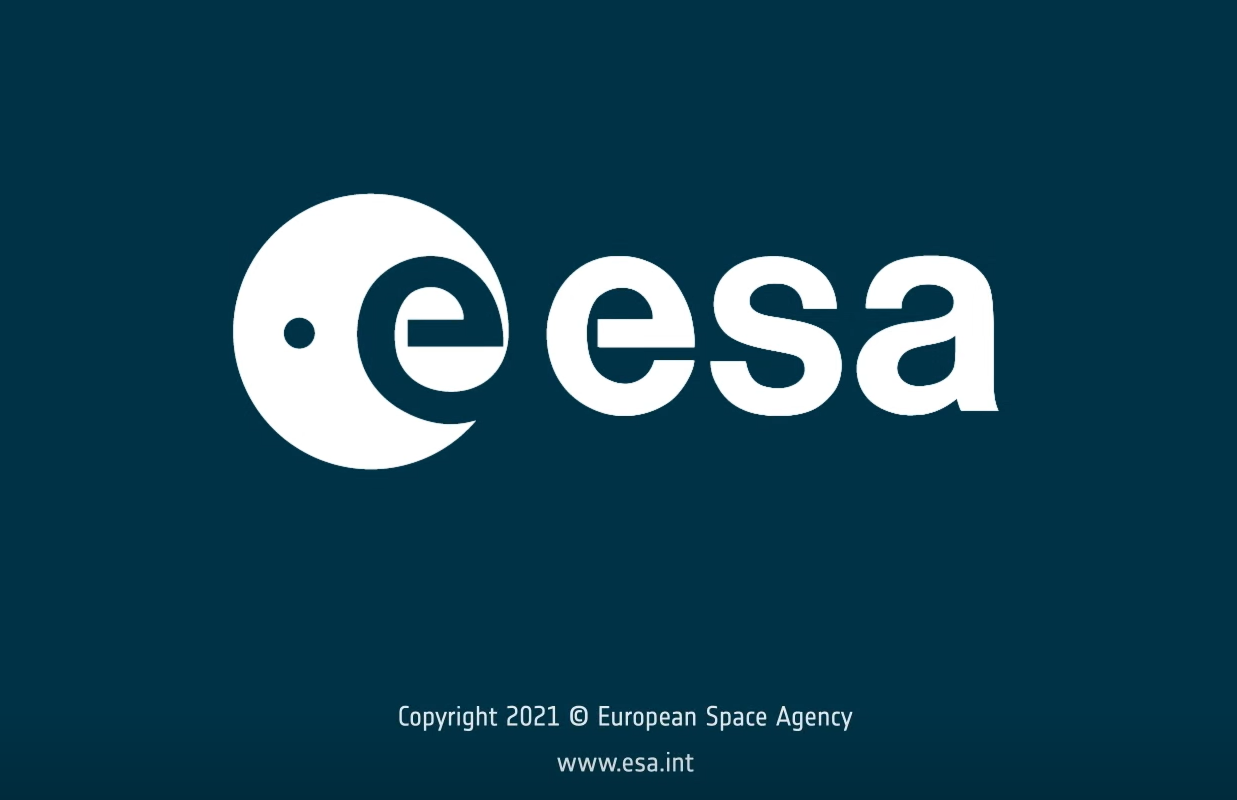InCubed first thematic call about Natural and Cultural Heritage
InCubed first thematic call about Natural and Cultural Heritage
The Incubed for Cultural and Natural Heritage Thematic Call , part of the InCubed co-funded programme, focuses on developing innovative and commercially successful products and services using earth observation assets in the cultural and natural heritage domain.
In the present campaign, the tenderer is invited to propose either a De-Risking, and/or a Product Development Cycle activity addressing the theme of:
• Cultural and Natural Heritage
The cultural as well the natural heritage is increasingly threatened with destruction, not only by the traditional causes of decay, but also by changing social and economic conditions which aggravate the situation with even more formidable phenomena of damage or destruction. Deterioration or disappearance of any item of the cultural or natural heritage constitutes a harmful impoverishment of the heritage of all nations of the world. Protection of this heritage at the national level often remains incomplete, because of the scale of the resources which it requires and of the insufficient economic, scientific, and technological resources of the country where the property to be protected is situated.
Climate change impact on the world’s cultural and natural heritage is subject of growing concern.
Phenomena as sea level rise and changes in the occurrence of extreme events, are already affecting cultural heritage sites.
Earth observation plays a pivotal role in monitoring of the climate change impact on Cultural Heritage sites, it is crucial to focus the analysis on the sites located in coastal areas because human activity has traditionally concentrated in these locations. For this reason, a large number of Cultural Heritage monuments is located in coastal areas as well.
In this domain, Earth Observation key role has been already demonstrated in applications such as ground motion and terrain displacement monitoring ; management system for archaeological sites in coastal regions and illegal actions prevention; coastal areas and sea monitoring ;air quality monitoring in ports and coastal areas.
In this thematic call, the tenderer is invited to submit ideas to develop sustainable Earth Observation related products (upstream and/or downstream) addressing challenges in the Cultural and Natural heritage domain with a particular focus on the coastal areas.
NOMENCLATURE:
Cultural Heritage:
monuments: architectural works, works of monumental sculpture and painting, elements or structures of an archaeological nature, inscriptions, cave dwellings and combinations of features, which are of outstanding universal value from the point of view of history, art or science;
groups of buildings: groups of separate or connected buildings which, because of their architecture, their homogeneity or their place in the landscape, are of outstanding universal value from the point of view of history, art or science;
sites: works of man or the combined works of nature and man, and areas including archaeological sites which are of outstanding universal value from the historical, aesthetic, ethnological or anthropological point of view.
Natural heritage refers to natural features, geological and physiographical formations and delineated areas that constitute the habitat of threatened species of animals and plants and natural sites of value from the point of view of science, conservation or natural beauty. It includes private and publically protected natural areas, zoos, aquaria and botanical gardens, natural habitat, marine ecosystems, sanctuaries, reservoirs etc. [Source: UNESCO Institute for Statistics, 2009 UNESCO Framework for Cultural Statistics and UNESCO, Convention Concerning the Protection of the World Cultural and Natural Heritage, 1972. ]
The tenderer shall identify and involve potential customers who will actively participate to the requirements definition and to the pilot demonstration ( Pilot is mandatory only for product development cycle).
The proposed product shall be tailored on customers needs.
Ideas proposing De-Risking Cycle only WILL NOT BE ACCEPTED.
De-risking cycle shall be proposed as functional to the product development cycle.
Outcome of the Product Development Cycle activity shall be a minimum viable product.
The proposed idea shall present a strong potential to become commercial in the short/medium term.
This Channel is a mean for the Tenderer to provide an initial iteration on the content and justification of the planned InCubed activity; it is meant to facilitate the submission of the Idea Pitch and, after that, of the Proposal Part 1 [Outline]. The submission is already structured as required for both steps.
All Ideas will be strictly confidential and not shared within ESA, only the InCubed team will have access to them. In case where external relevant stakeholders involved by ESA may express interest in being involved, the bidder will be contacted and requested whether the bidder authorizes the external stakeholder(s) to attend the pitch and access to the Proposal Part 1 evaluation. Only once and only if the bidder will authorize it, then the Incubed team will give access to external relevant stakeholder(s) to the pitch and/or the Proposal Part 1 evaluation.
The overview of the process is presented for information and completeness below. Please also refer to the Frequently Asked Questions -page https://incubed.esa.int/faq-list/ on the InCubed website.
Place your Registrations: shorturl.at/IJNV3

